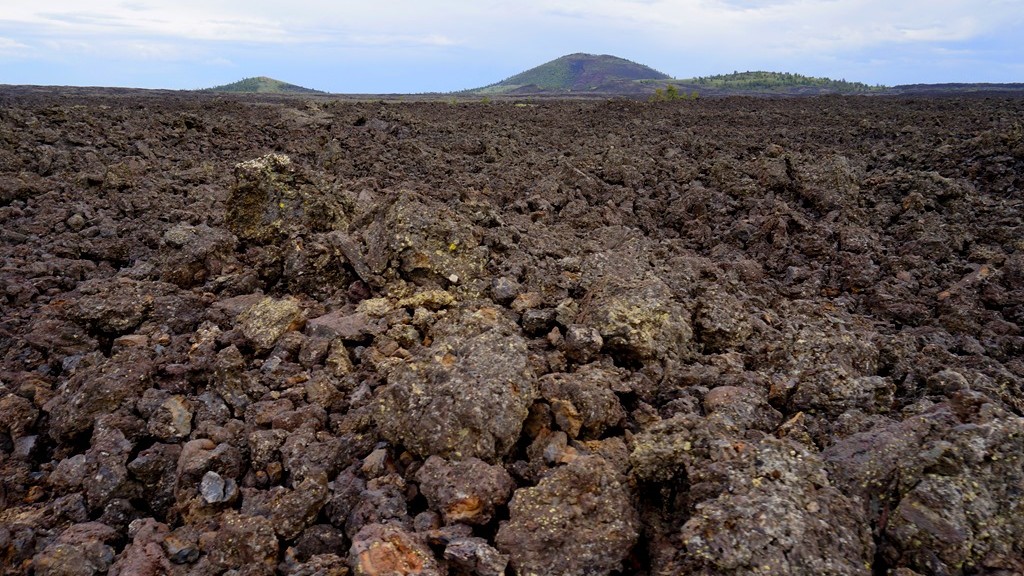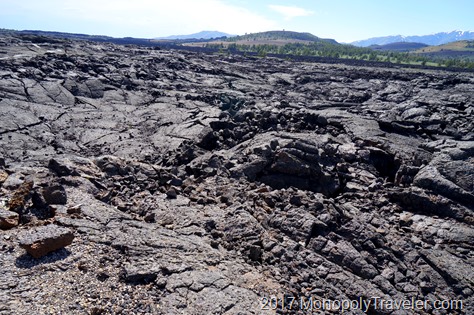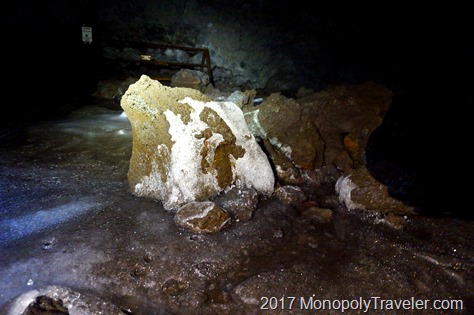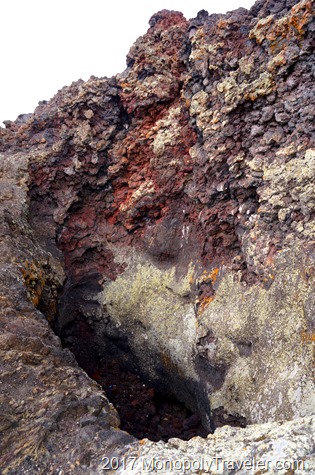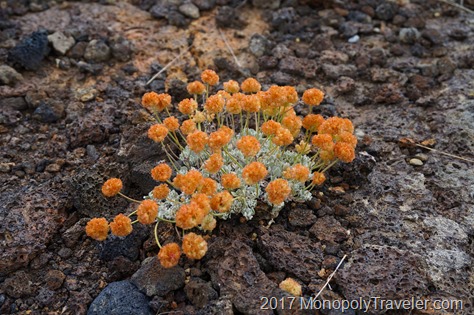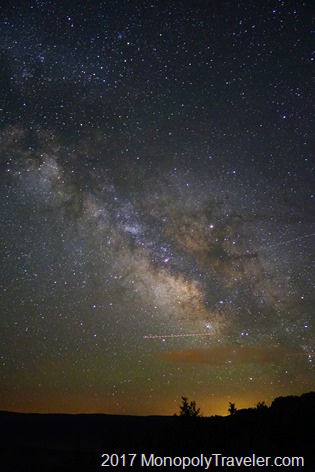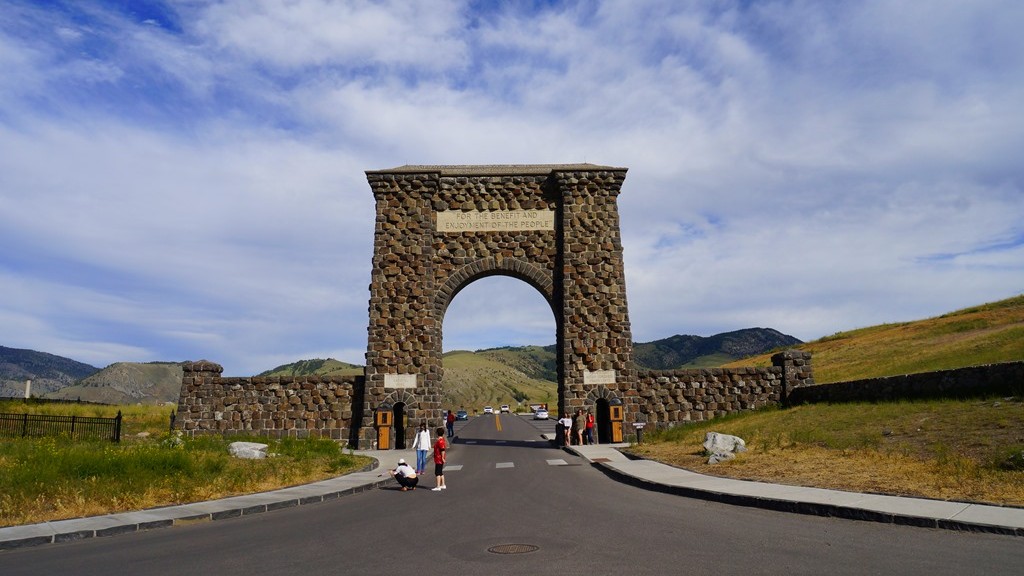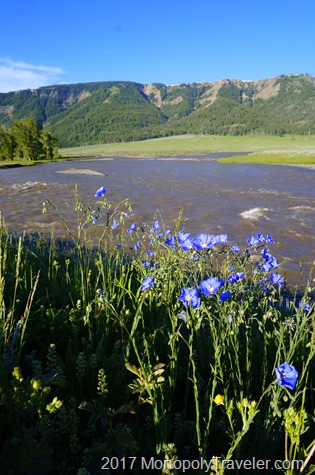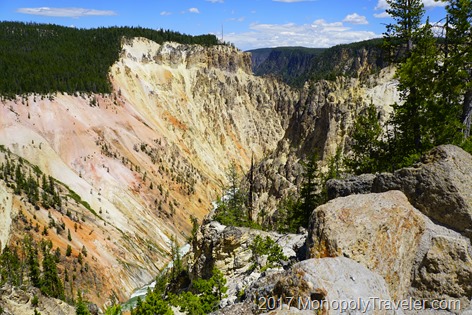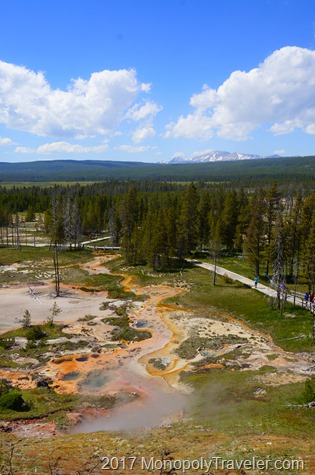At least that’s what they thought before people actually traveled to the moon. Craters of the Moon National Monument received it’s name from the volcanic rock and volcanic cones blanketing this area of Idaho appearing to look like what scientists believed the surface of the moon to look like. Because of this, lunar training took place at this place preparing for going to the moon’s surface. After landing on the moon it was realized how inaccurate that belief was.
This unique landscape in Eastern Idaho is a result of volcanic eruptions 2,000 and 4,000 years ago leading to the possibility that another eruption could occur at anytime again if the cycle were to continue. Nothing to worry about yet though as there will likely be signs of an eruption well before it actually occurs. These special rock formations can only be found here and in Hawaii within the United States with Idaho being the easier place to see such volcanic formations.
Probably the most amazing part is the vast tunnels called lave tubes created by lava flowing under hardened volcanic rock. Several are large enough for people to walk inside and feel like they’re in a huge cave similar to Mammoth or Wind caves but being just a short distance below the surface allowing natural light to illuminate much to the path. Another interesting piece to these lava tubes is the cold temperatures inside. While visiting the scorching heat outside was near 100 degrees F. Once submerged into these caves, the temperature dropped rapidly enough to maintain ice on the cave floor. A nice natural air conditioning as there are no trees to provide shade near these tubes.
Another fascinating feature of Craters of the Moon are being able to look inside these volcanic cones called cinder cones. To be able to see deep into these relatively small volcanoes is quite interesting. Even though they are capped after their eruptions you can still imagine lava surging out of them blanketing the surrounding landscape scorching what may have been their growing. Amazingly even though it has been 2,000 years since the last eruption there is little plant growth covering this lave. Of course receiving very little rain could have a lot to do with this characteristic preserving these formations. Still a few plants have been able to persevere in this harsh climate.
Night skies provide amazing views into the universe with this national monument, being an international dark sky park, if you’re able to remain awake for it to show it’s full splendor.

